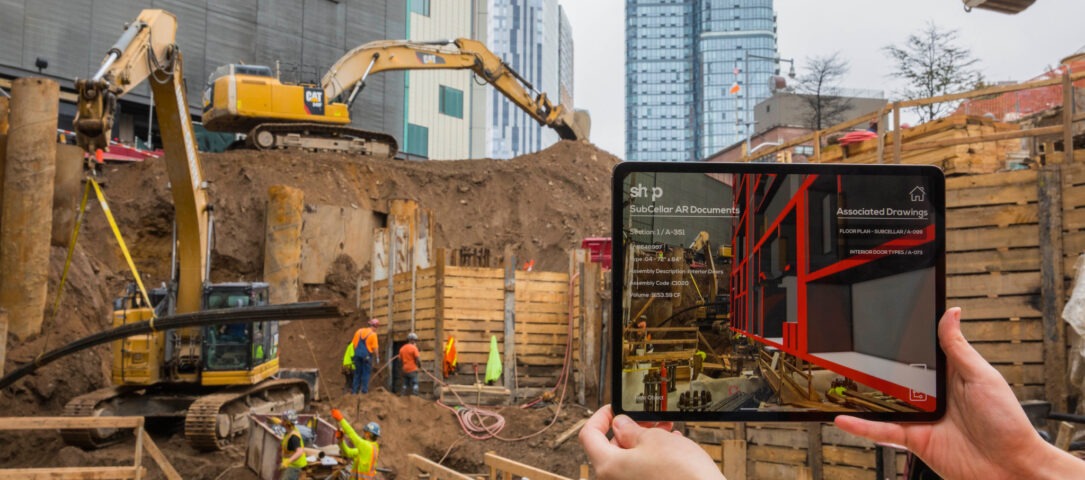
The visualization of architectural designs has always been a challenge. Traditionally, architects and designers relied on physical models, scaled drawings, and renderings to communicate their ideas—a process that often required weeks or even months to complete.
However, the digital era has transformed this process. The ability to digitize construction data has made collaboration easier, allowing professionals to share information efficiently. For students in architecture and construction, mastering digital tools has become essential. Schools worldwide are integrating software solutions to help students adapt to this shift.
Preparing for the Future with VR in Construction
In educational institutions focused on construction and the built environment, students are moving beyond traditional CAD tools and embracing Building Information Modeling (BIM). One of the most widely used BIM platforms, Autodesk Revit, provides a comprehensive toolset for creating and managing building designs. Students often train on educational versions of Revit to prepare for professional practice.
Unlike CAD, which focuses primarily on 2D line work, Revit facilitates quick 3D modeling with parametric components. Any change made to one part of the model automatically updates the entire project, eliminating redundant revisions. Revit also allows for realistic renderings and animations, offering a clearer representation of the final structure.
By integrating VR into this workflow, students and professionals can experience their designs in a fully immersive environment. This technology enables users to walk through buildings before construction begins, offering valuable insights that static models and blueprints cannot provide.
VR and BIM: A Powerful Combination
Software like Revizto works alongside Revit, providing 3D visualization without the need for VR headsets. Once a Revit model is complete, it can be converted into a Revizto file, allowing users to explore their designs in an interactive, immersive format.
At the Black Country and Marches Institute of Technology, a VR Hub developed by Fulcro provides an engaging space for students to interact with their projects. The hub’s projection screens create a 3D environment where users can navigate their designs using an Xbox controller. This setup allows them to experience spatial relationships, assess design choices, and identify areas for improvement.
Practical Applications of VR in Construction
Beyond design visualization, VR has a range of practical applications in construction. Engineers and contractors can use it to plan structural frameworks, visualize mechanical and electrical systems, and detect design clashes before construction begins.
For example, civil engineers can assess underground drainage layouts, while service engineers can analyze HVAC installations within the structure. This approach enhances communication among different teams, reducing errors and costly revisions.
VR is also valuable in client presentations, offering an interactive tour of an unbuilt project. This allows stakeholders to experience the flow of spaces, materials, and aesthetics in a way that static images cannot convey.
Expanding the Scope of VR in Construction
The use of VR extends beyond individual building projects. Revizto files can also simulate large-scale infrastructure, such as highways, bridges, and railways. The technology has even been applied to offshore platforms and space stations, providing realistic walkthroughs of complex environments.
Health and safety training is another critical area where VR adds value. Instead of relying solely on instructional videos, students can explore virtual construction sites with built-in hazards, improving their situational awareness without real-world risks.
Challenges and Considerations
Despite its advantages, VR in construction is not without challenges. Large file sizes require robust storage solutions, and high-quality projection equipment can be expensive. Additionally, hardware limitations—such as overheating and power dependency—must be managed carefully.
However, as the industry continues to embrace digital transformation, VR is proving to be an invaluable tool for education, design, and project management. Its ability to improve collaboration, streamline workflows, and enhance learning experiences makes it a powerful asset for construction professionals.
VR is revolutionizing the way construction professionals visualize and interact with designs. By integrating BIM and immersive technology, the industry is moving toward a more efficient, collaborative, and precise approach to project planning. Whether used for education, engineering, or client engagement, VR is shaping the future of construction.

